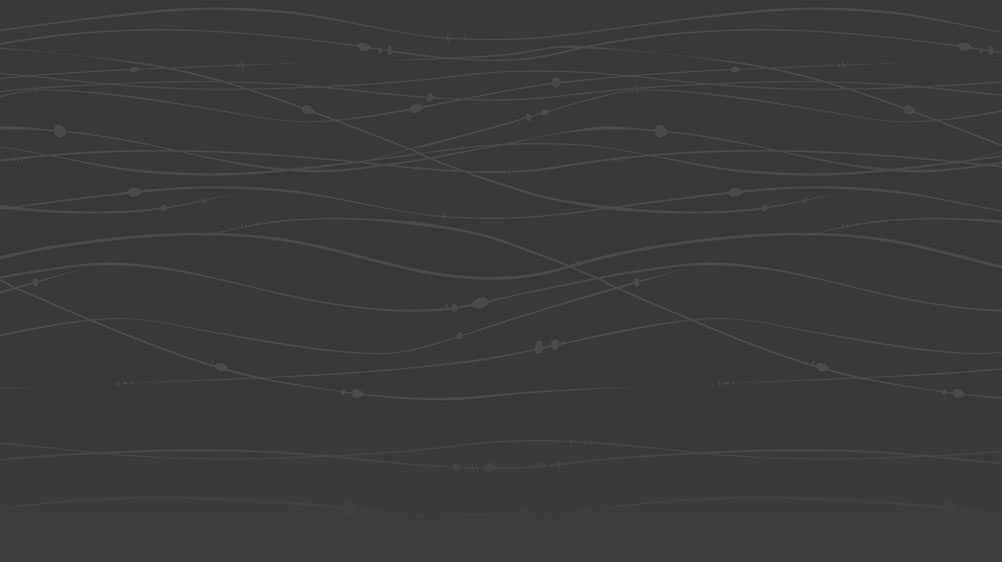

written by graduate student Kira Yerofeev
With summer over, so is the goby/snail mesocosm study conducted by Biology graduate student, Kira Yerofeev. The general question addressed in her project was “Do novel and native predators influence detrital cascades equally?” Snails have some remarkable predator avoidance behaviors documented in the literature. For example, several species adjust their locations differently when faced with different predators, such as crawling up plant stems (and even leaving the water) when crayfish are present, but crawling down and into the substrate or under refuge when water-column fish are present. These avoidance behaviors have the potential to affect leaf litter breakdown by reducing overall snail grazing time. Her mesocosm research examined if these behavioral responses are hard-wired to taxonomic units (i.e., avoid crayfish with one method and avoid fish with another), or if the responses are more flexible. She used non-native round gobies, a benthic-feeding fish as an alternative to a pelagic-feeding fish to determine if snails crawled down (the typical response to fish predators) or up (the typical response to benthic predators, like crayfish). Thirty mesocosms were established for a 30-day trial. The tanks held either two round gobies, two crayfish, one goby and one crayfish, or no predators. Snail positions in the tanks were documented every three days and leaf pack decomposition rate was followed over the course of the trial. Although data analysis is on-going, early observations suggest that snails did not recognize round gobies as dangerous and were quickly eliminated from all the mesocosms where gobies we present. It remains to be seen if the loss of this key community member will translate into a change in leaf decomposition rates.
Image caption: Mesocosm set-up on the lawn at the Field Station.
Some content on this page is saved in PDF format. To view these files, download Adobe Acrobat Reader free. If you are having trouble reading a document, request an accessible copy of the PDF or Word Document.
